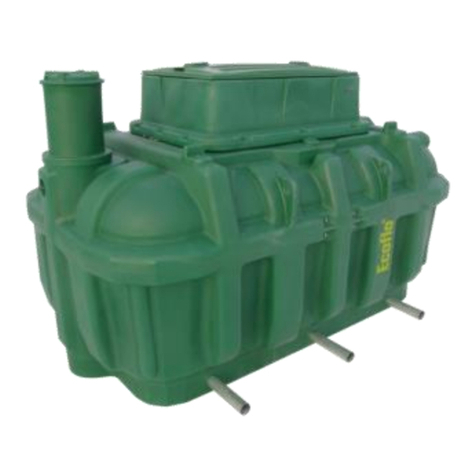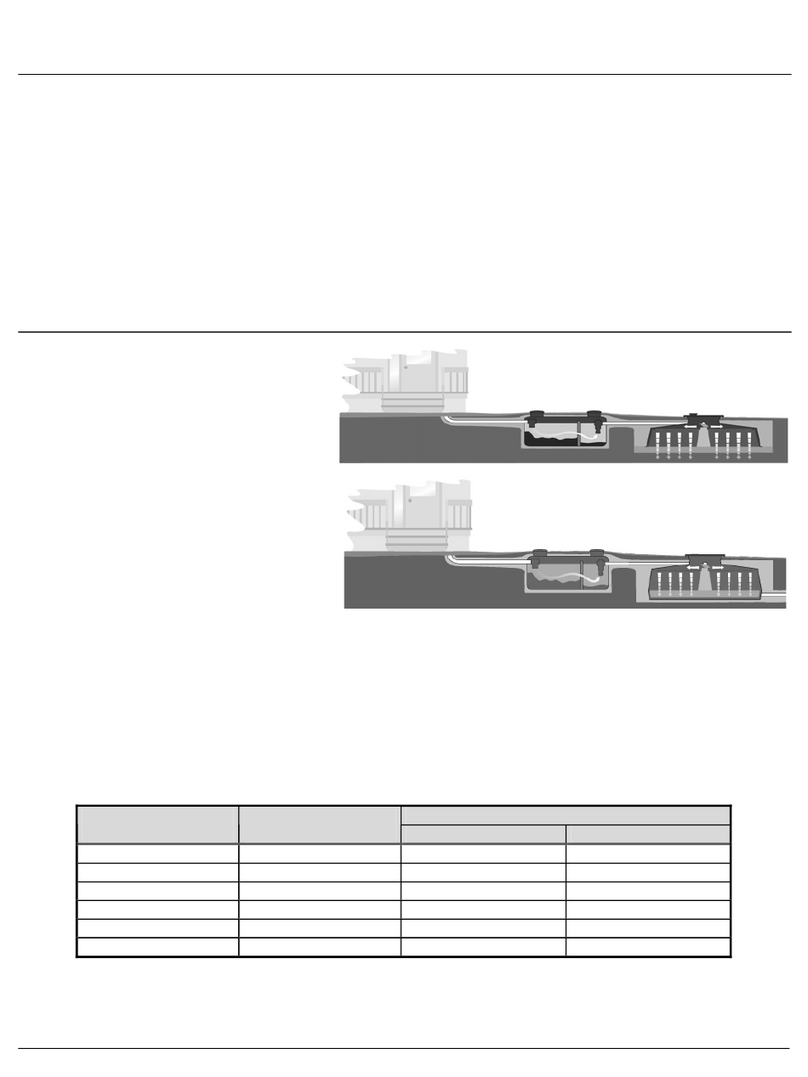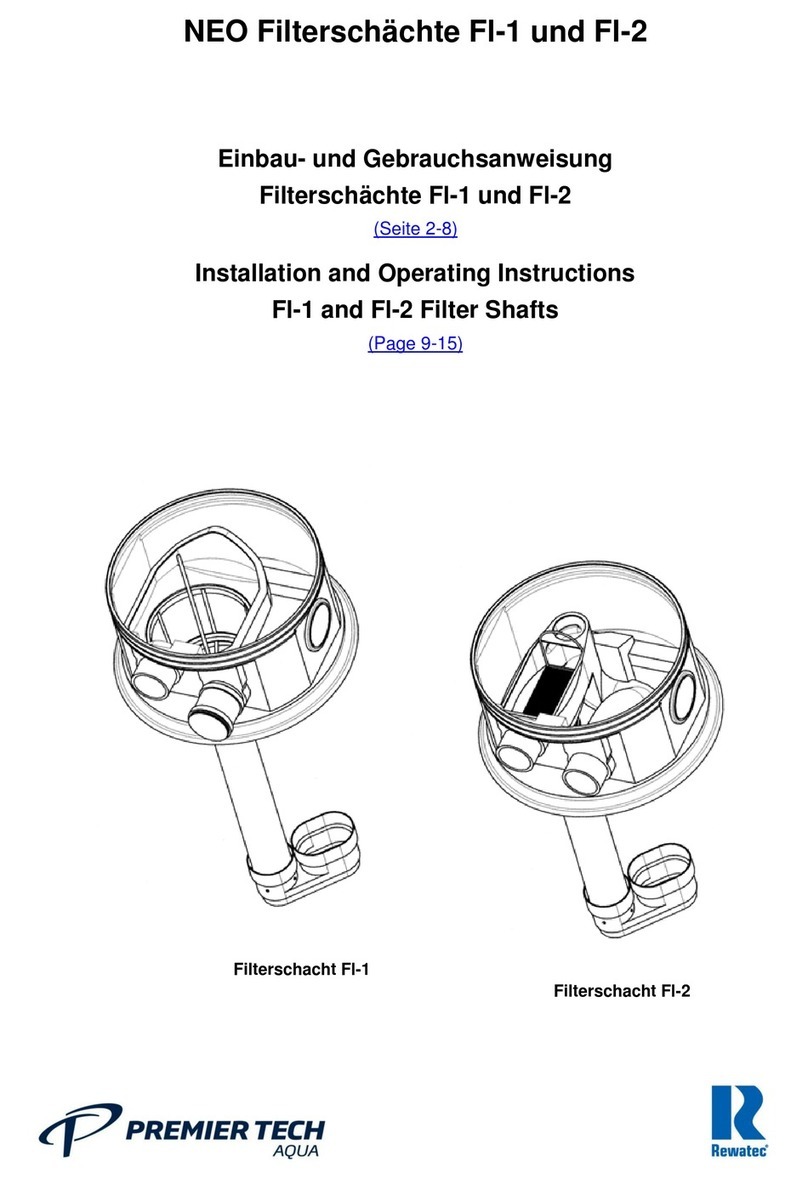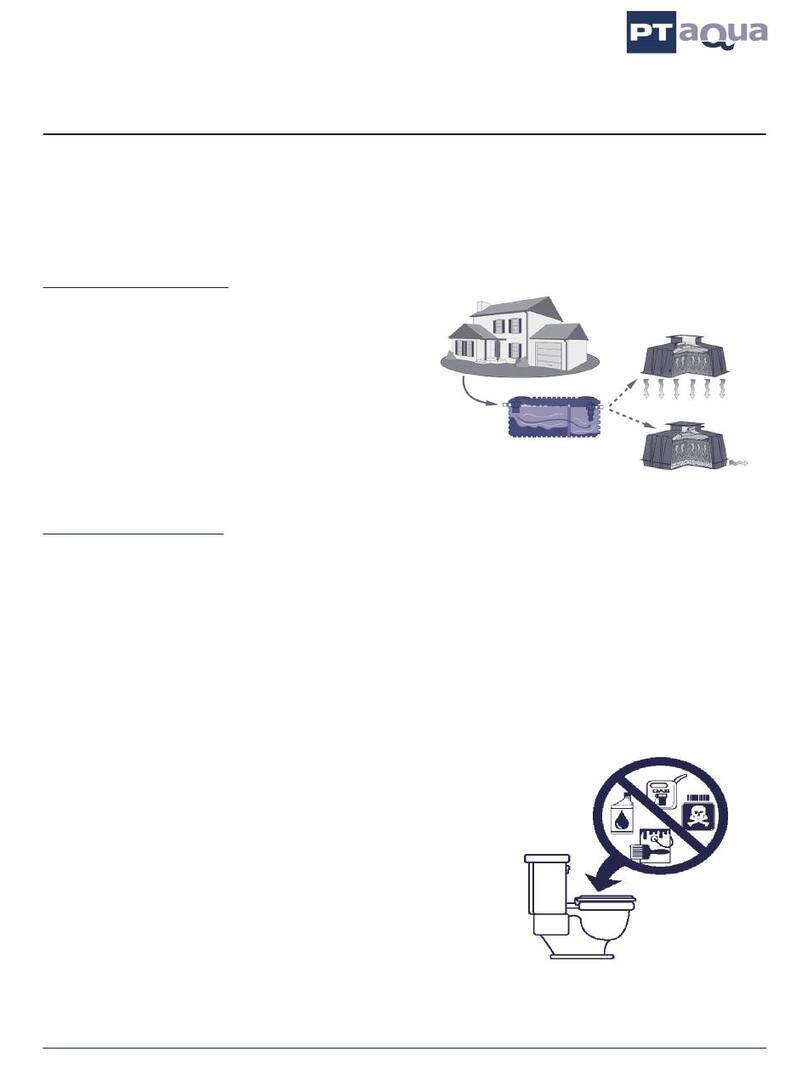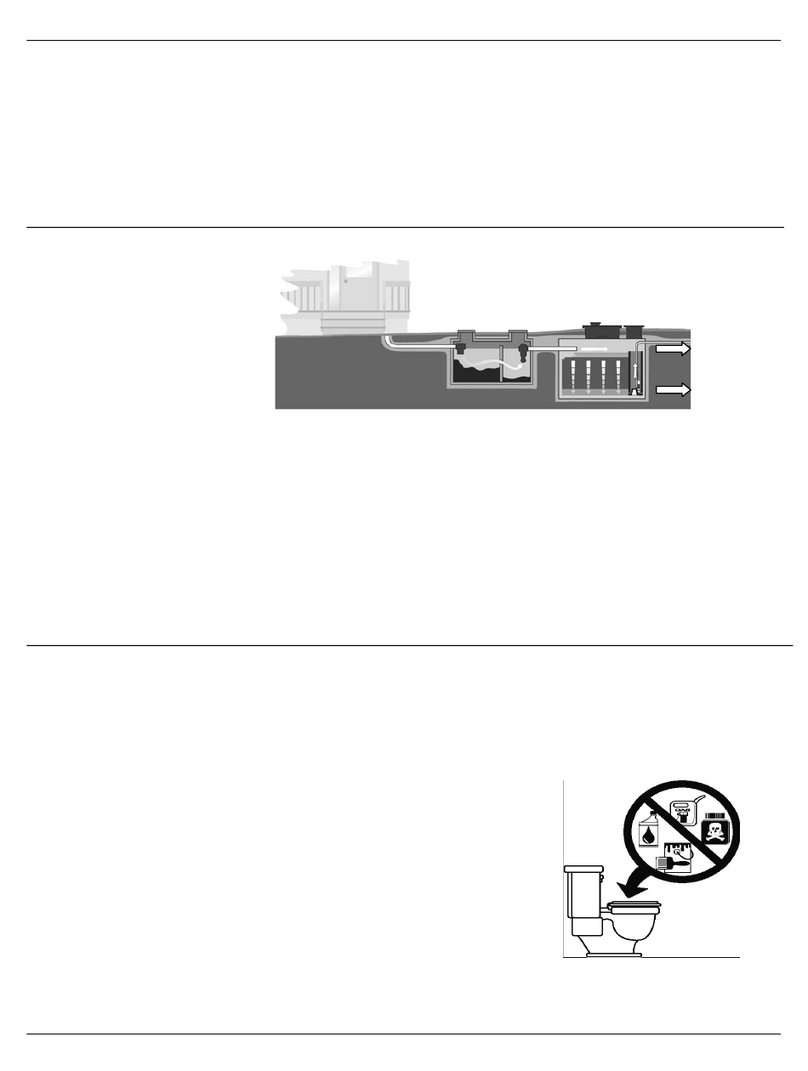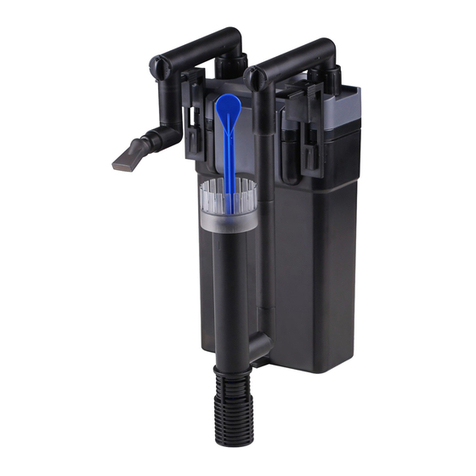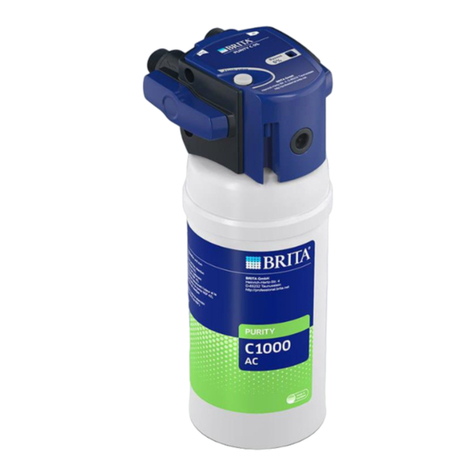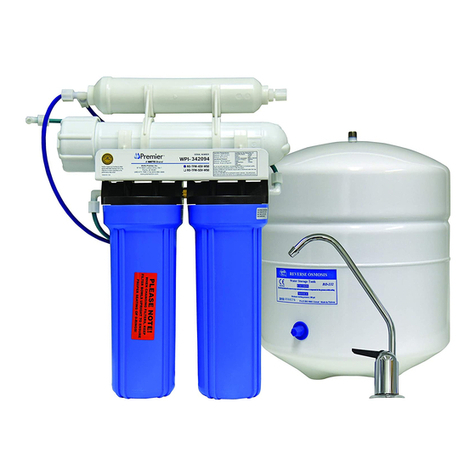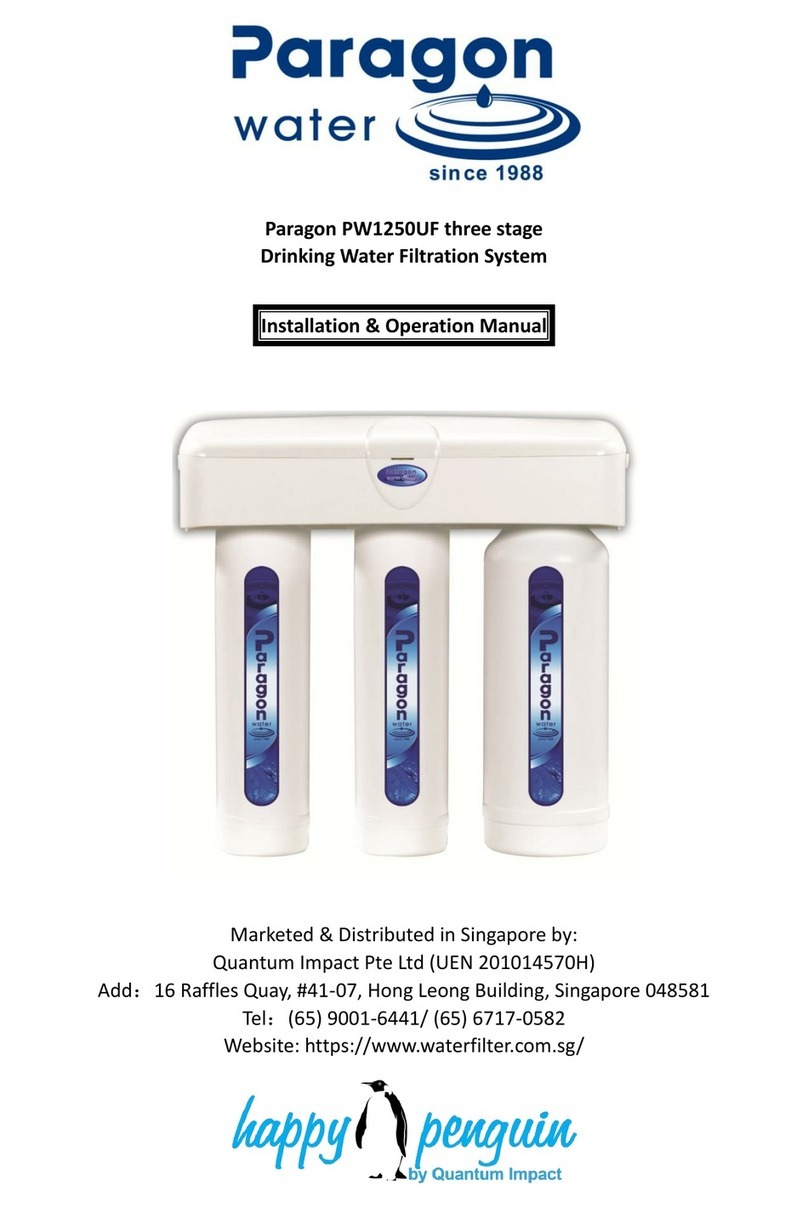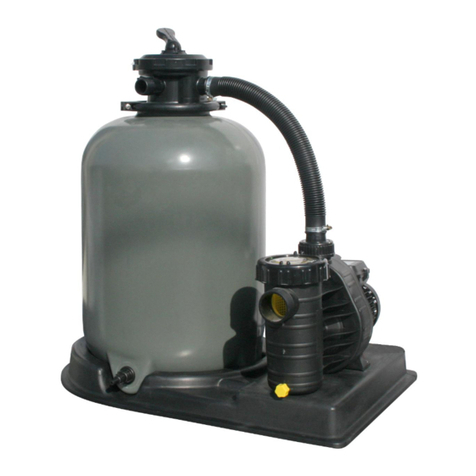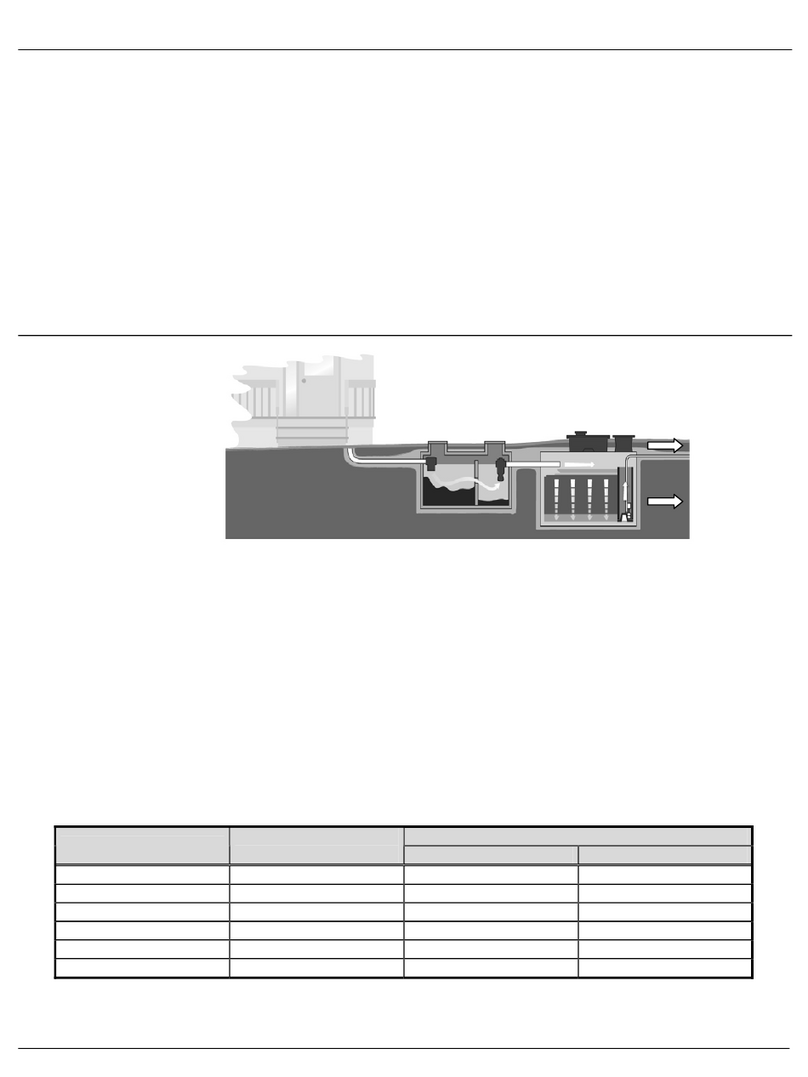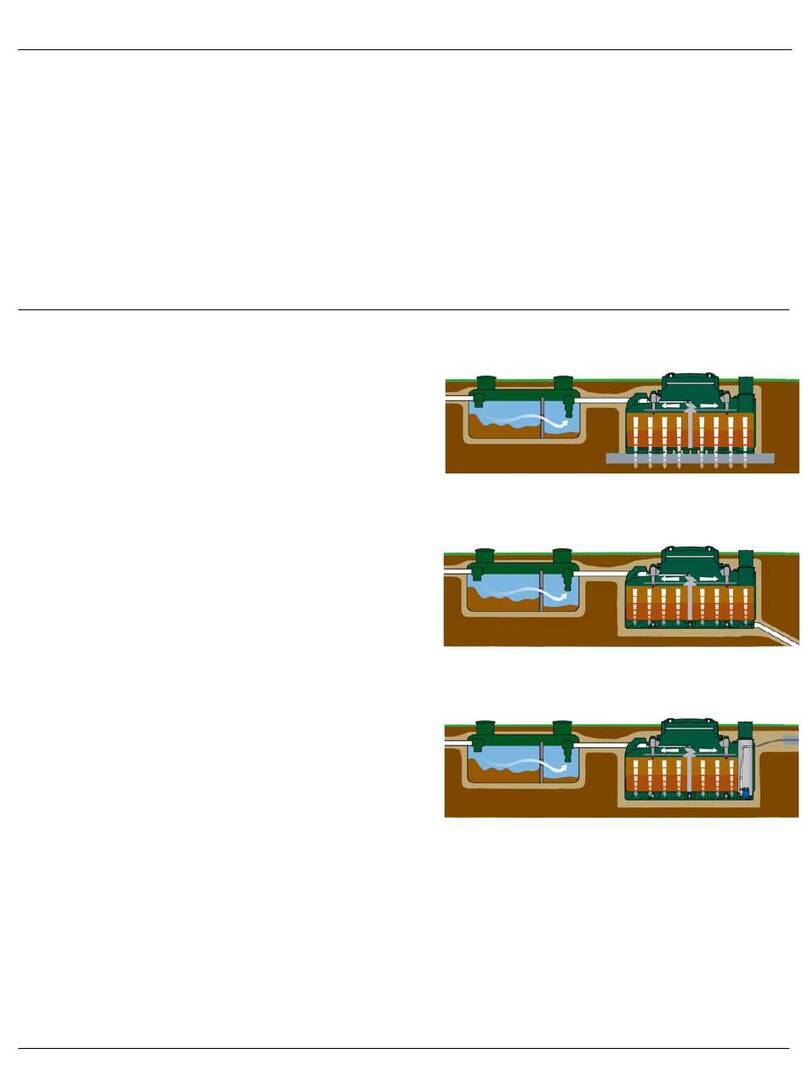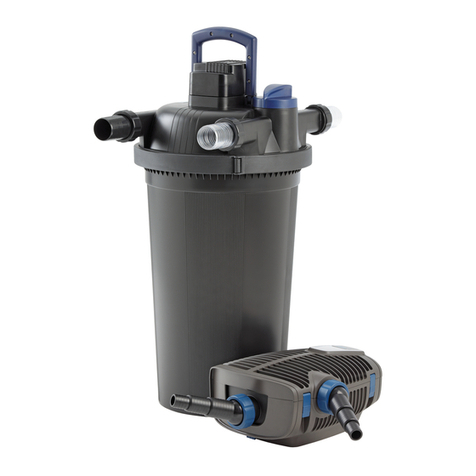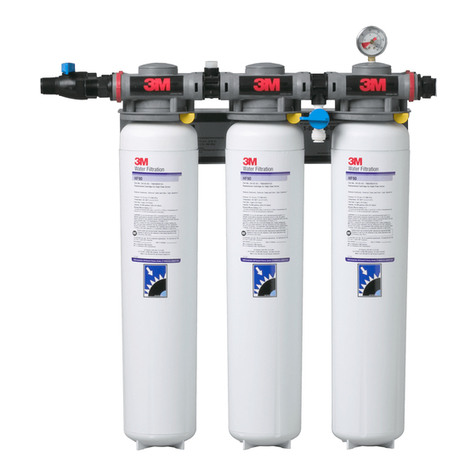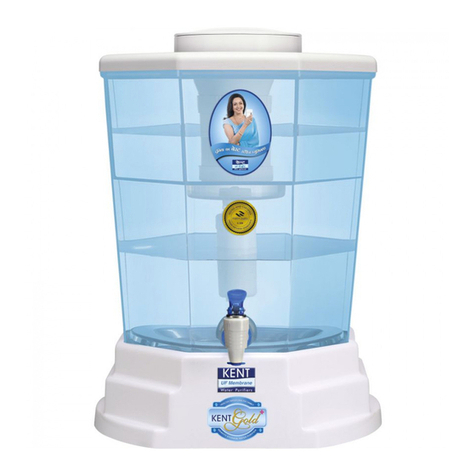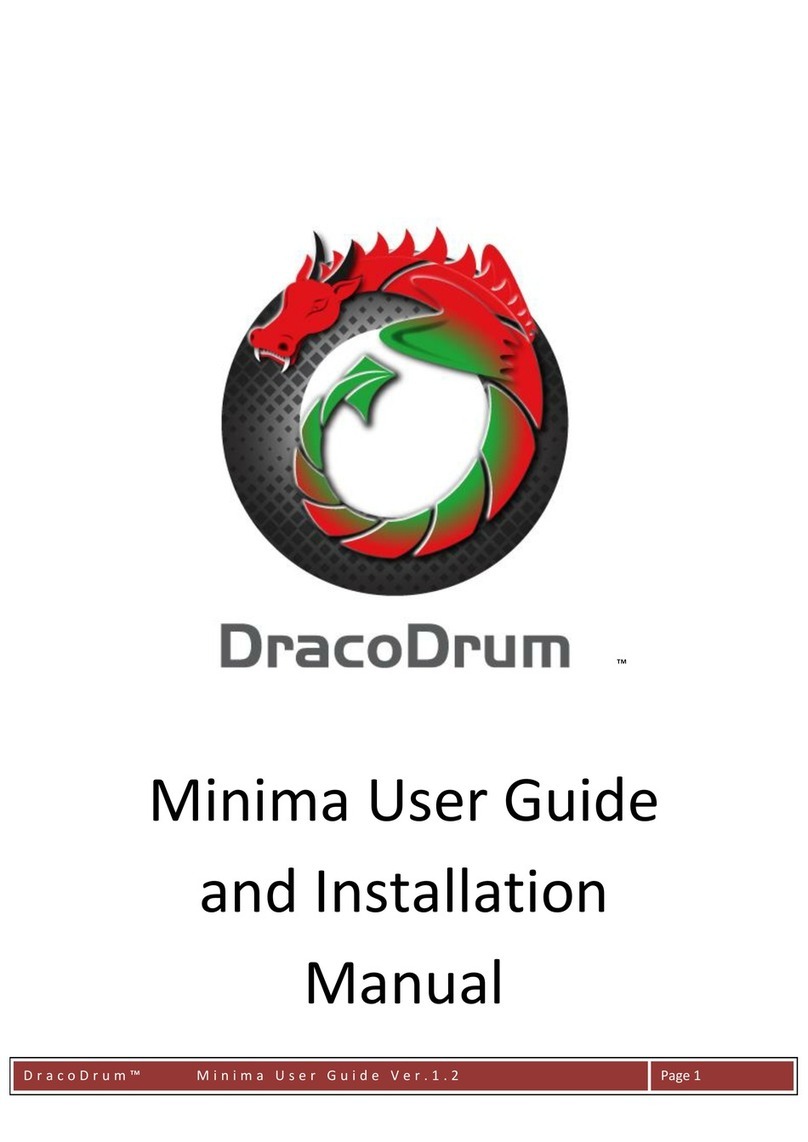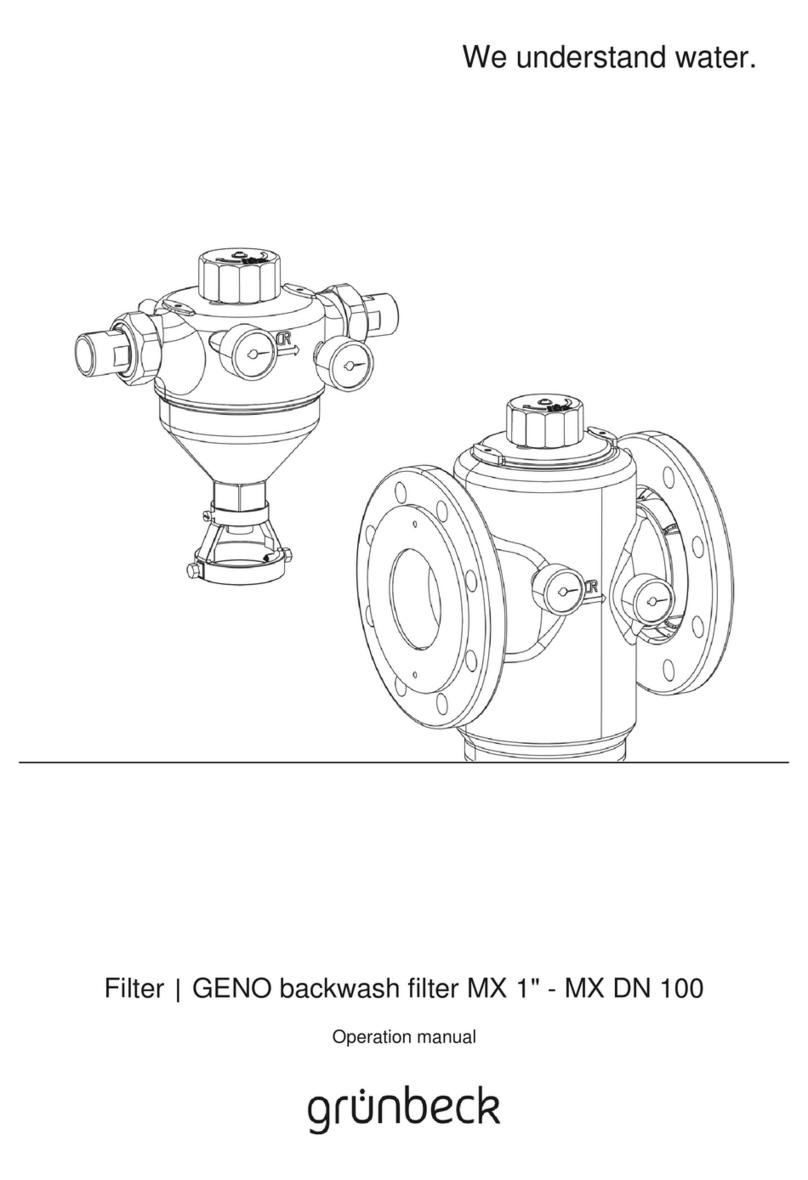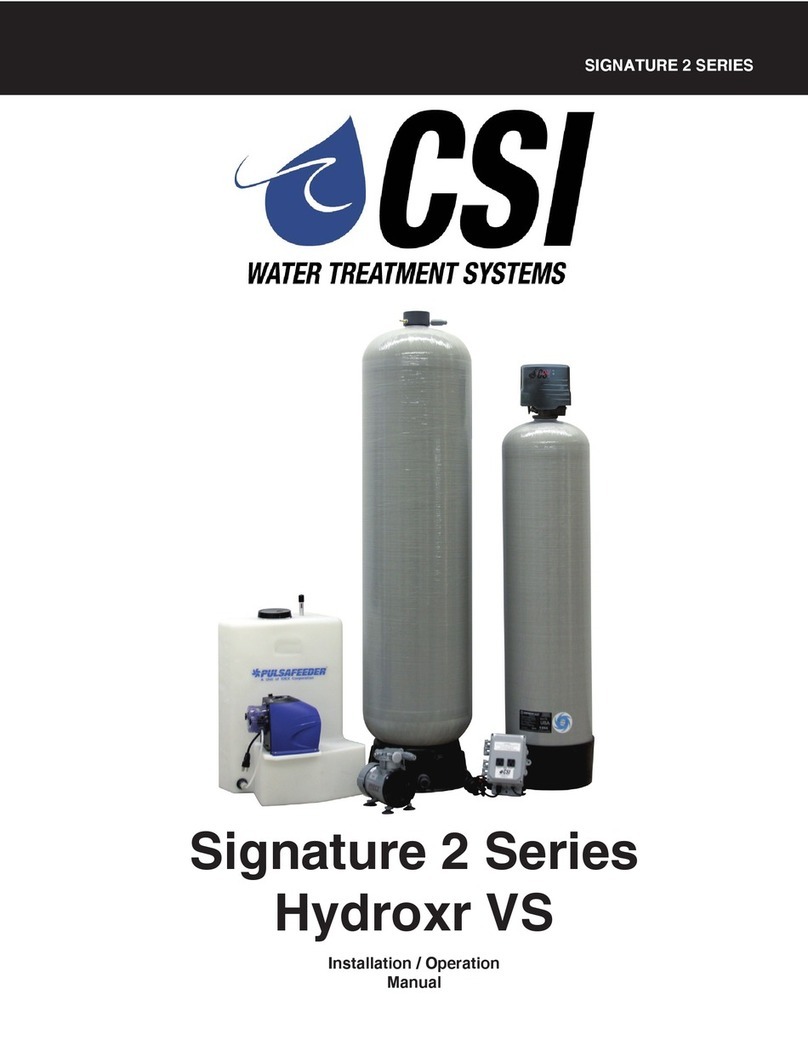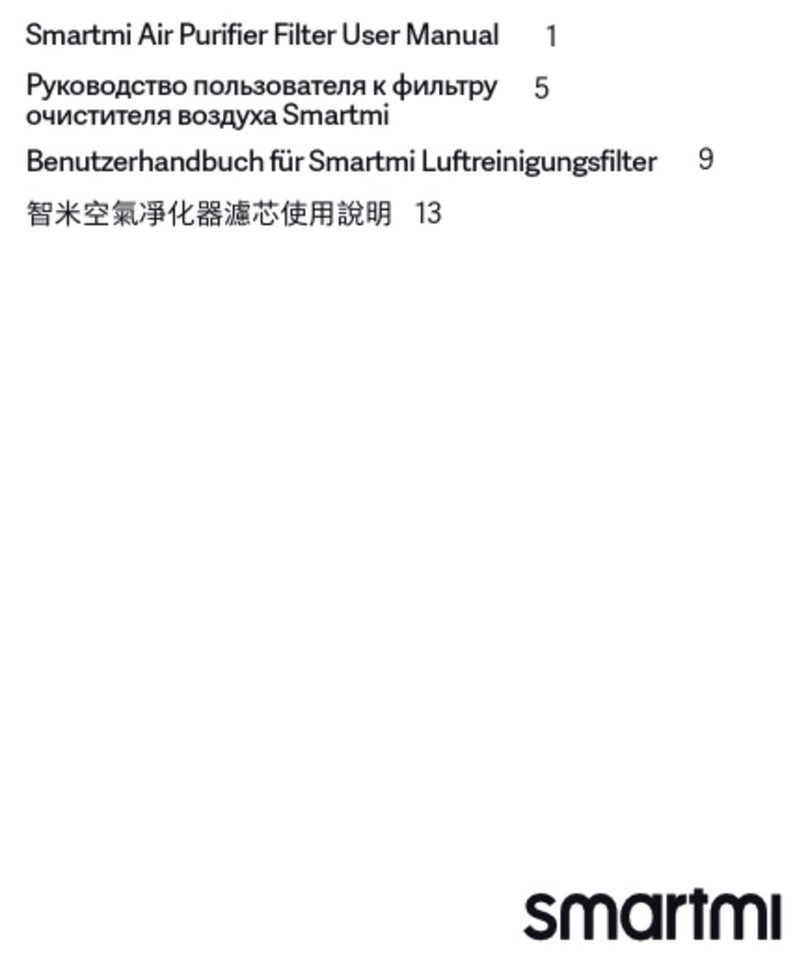
General
1. These guidance notes refer only to the installation of
Concrete surround CNSB Bypass Separators.
2. Manufactured to BS EN 858 Class 1 and Class 2.
3. These guidance notes cannot provide specic, site-
related installation instructions.
4. If in any doubt whatsoever about any aspect of the
installation please contact Conder Aqua Solutions on
0870 264 0004.
Pre-Installation Inspection
1. The lter pod in these tanks is held in place during
transportation by means of a Transit Brace. This is to
hold the lter pod in place during transportation and
ensure the separator is delivered to site in the same
A1 condition as it left our manufacturing facility. THIS
MUST BE REMOVED PRIOR TO INSTALLATION. Failure
to remove the brace may prevent access to the pod for
maintenance and WILL RENDER THE WARRANTY ON
THE TANK INVALID.
2. The timber transit brace consists of a vertical brace
holding the lter pod in place and a horizontal restraining
bar. To remove the brace, unscrew the horizontal
restraining bar and remove both pieces of timber.
3. Tanks should be subject to a visual inspection prior to
installation
4. Check the tank is the correct size and duty, see label on
tank
5. Any damage should be notied to the delivery driver and
to Conder Aqua Solutions on 0870 264 0004.
6. Do not attempt to carry out any unauthorised repairs, as
this will invalidate the warranty on the tank.
7. Check for:
- Fractures to the shell or ribs
- Delaminations
- Scratches or abrasions deeper than 1.5mm
- Stress cracks or star crazing
8. Check invert depth is correct and inlet and outlet pipe
orientations are correct
9. REMOVE TANK FROM PALLET
Service Specication
1. These tanks are designed to be installed below ground
and completely surrounded with concrete.
2. Generally, the depth from nished ground level to the
top crown of the main shell should be no more than 2
metres, this may vary dependent upon ground water
conditions. Deeper inverts may be accommodated on a
standard shell providing the water table level does not
exceed 2 metres above the top crown of the main shell.
For deeper burial with high water table conditions heavy
duty shells are available. Should you be in any doubt
regarding suitable shell application please call our sales
number 0870 2640004. If the tank is installed outside
these parameters it may suffer irreparable damage.
Concrete Specication
1. The specication for the concrete mix to surround the
tank may be taken from BS 5328: Part 1: 1991 (including
amendments), taking into account the site conditions and
application requirements.
2. For a typical non-structural application in non-
aggressive soils a Standard Mix ST4 with a 50mm slump
is generally suitable, but also permits the equivalent
Designated Mix GEN3 to be specied as an alternative.
If for non-typical applications, structural or other reasons
a higher than normal designation is required, the
purchaser of the fresh concrete can use table 6 in BS
5328: Part 2: 1991 (amendment 8759/October 1995) for
guidance.
Lift height (Rate of Rise)
1. Determine the lift height (m), or rate of rise (m/h) for
the specic concrete type used, to ensure that a
design pressure (P max) of 15kN/m on the tank is not
exceeded.
Vibration
1. The design of the tank assumes minimal compaction of
the surrounding concrete. Where necessary, this may
be extended to include light internal vibration. Never
use deep revibration which will substantially increase the
pressure on the tank, possibly causing failure.
Conder CNSB Bypass Separator: Concrete Surround
Conder Installation Guidelines Ref: UTG9503
2 Whitehouse Way, South West Industrial Estate, Peterlee, Co Durham, SR8 2RA UNITED KINGDOM.
+44 (0) 8702 640004 Email: sales@conderproducts.com www.conderproducts.com
THE PARTNER OF CHOICE
Page 1
Revision No. 4


